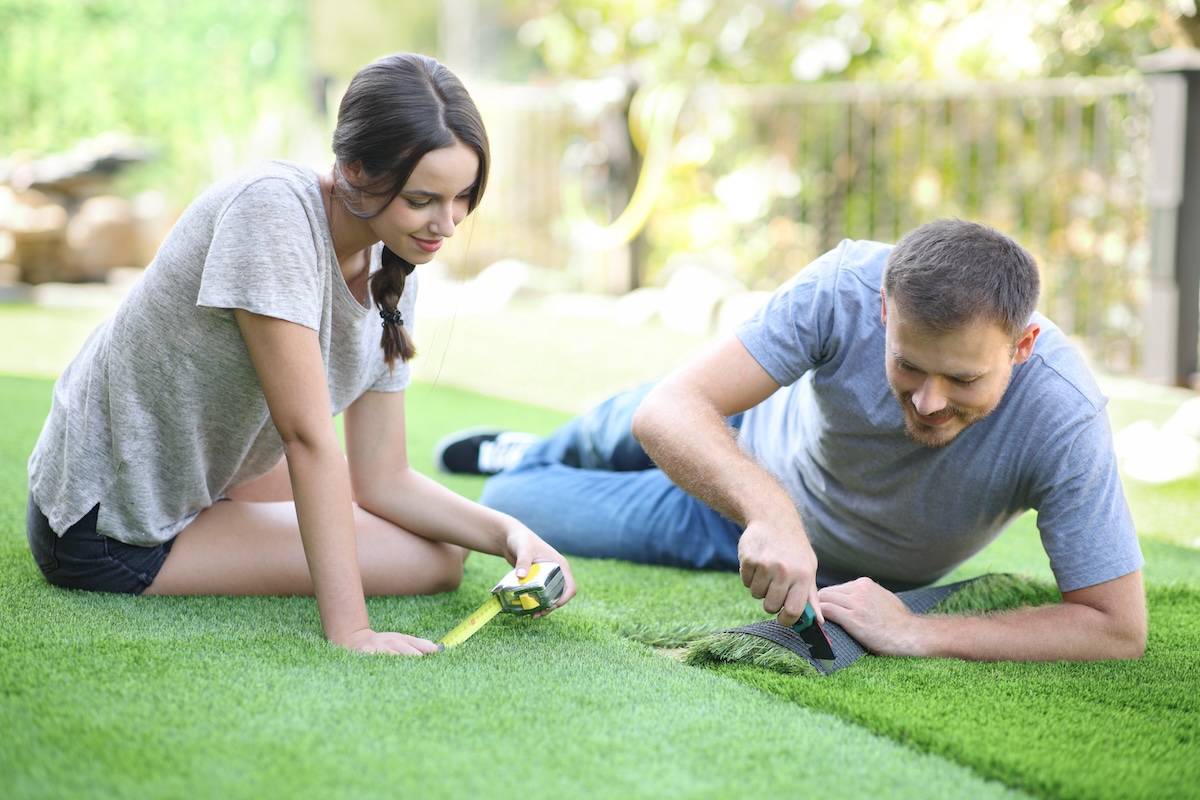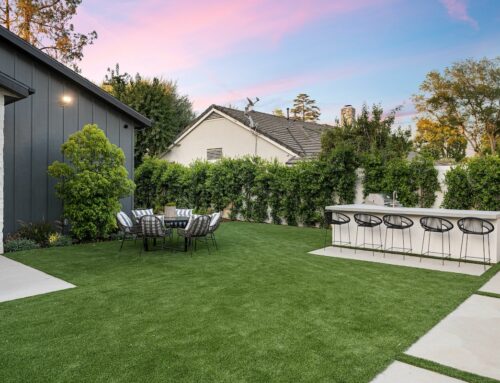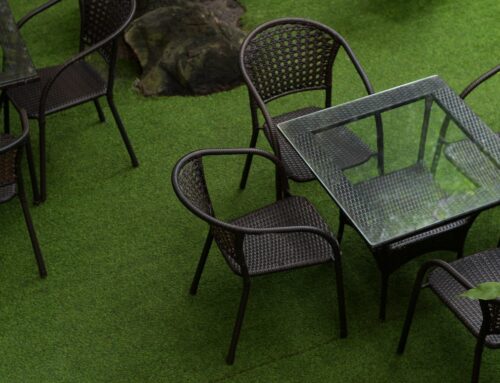Last Updated on June 18, 2025 by ReTurf
Synthetic grass has evolved far beyond the stiff, shiny green carpet you might remember from decades past. Today’s turf looks and feels remarkably realistic, with advanced blade shapes, multi-tone fibers, and drainage systems that mimic natural grass while outperforming it in durability and upkeep. It’s no longer just the domain of sports stadiums and country club putting greens—artificial turf is now a common solution for homes, schools, commercial properties, and public spaces of all kinds.
But not every project calls for a full-size, flawless roll of brand-new turf. Sometimes you’re working with an awkward layout, an unconventional use, or a tight budget. For example, maybe you’re building a dog run on the side of the house, padding out a gym space in the garage, or covering up a patch of dead lawn that just won’t grow. That’s where remnant and used artificial turf can really shine.
Artificial turf remnants, offcuts, and reclaimed (used) turf offer the same core benefits—durability, low maintenance, year-round greenery—with added flexibility in size and price. Still, the world of leftover and previously used artificial grass comes with its own set of questions: Why is it available in the first place? What condition is it really in? And how do you know if it’ll work for your specific needs?
What Is Remnant Artificial Turf?

Remnant turf refers to the leftover pieces from larger commercial or residential turf rolls. These are the pieces that didn’t quite make the cut for the main job. Sometimes it’s a few feet too short for a full run, other times it’s a partial roll left after trimming around patios, pools, or winding pathways.
In the world of turf, these are the offcuts—usable, durable, and often every bit as high quality as the original roll they came from.
Think of it like offcuts from a carpet installation—material that’s perfectly usable, but wasn’t needed for the main project. These pieces usually range in length, with some as short as 15–20 feet and others stretching past 100 feet. Widths commonly fall between 12 to 15 feet, just like standard full rolls.
Remnants can come in the same high-quality materials as full-price turf—same blades, same backing, same durability. The only difference is they’re sold in non-standard lengths or color batches. They might be from a discontinued product line, or just trimmed off a brand-new roll for a custom install. But structurally, you’re still getting the same blade density, UV protection, drainage backing, and overall toughness that you’d expect from premium turf. The only thing missing is the premium price tag, and maybe some feet of roll length.
Why Is There So Much Leftover Turf?
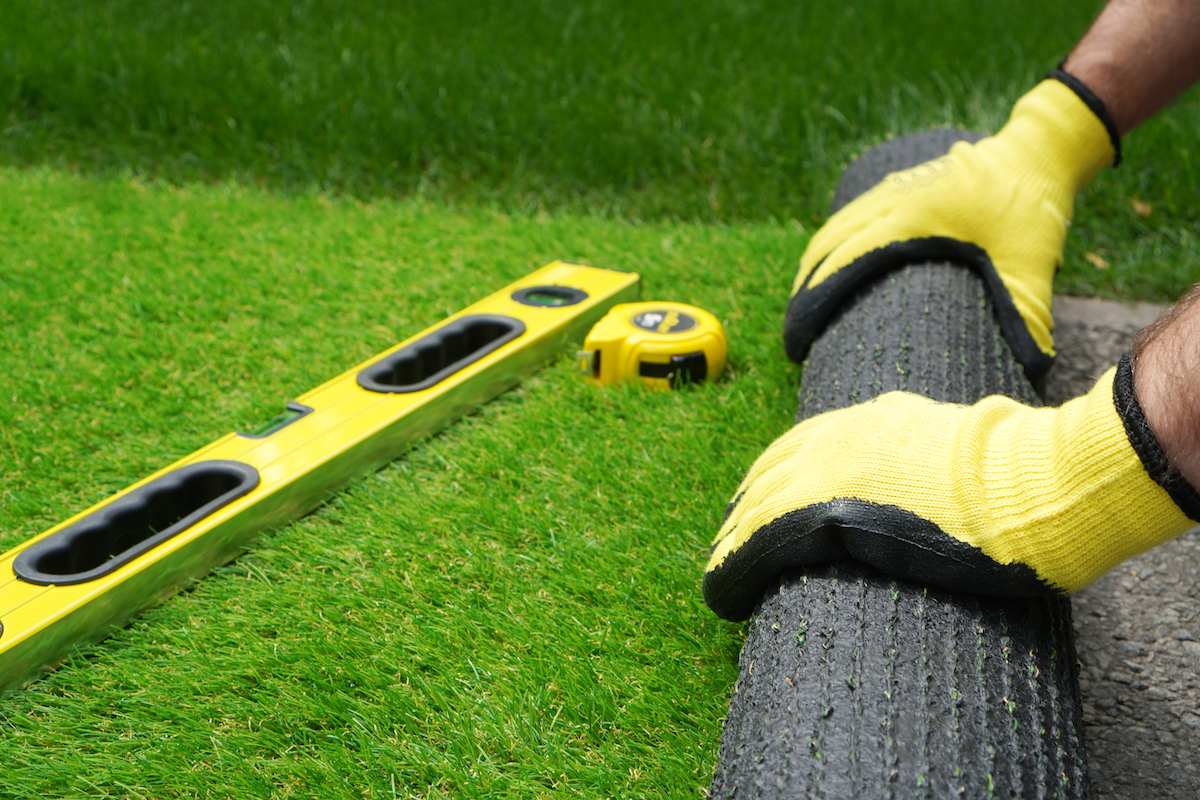
At first glance, it might seem odd that there’s such a steady supply of remnant and offcut artificial turf pieces floating around. After all, synthetic grass isn’t exactly something most people pick up on a whim and toss aside. But dig a little deeper, and it makes perfect sense—especially when you understand how turf is ordered, manufactured, and installed.
1. Project Surplus and Conservative Estimating
When turf installers take on a job—whether it’s a backyard install, a public park, or a multi-acre athletic complex—they don’t cut things razor-close. They build in a margin of safety.
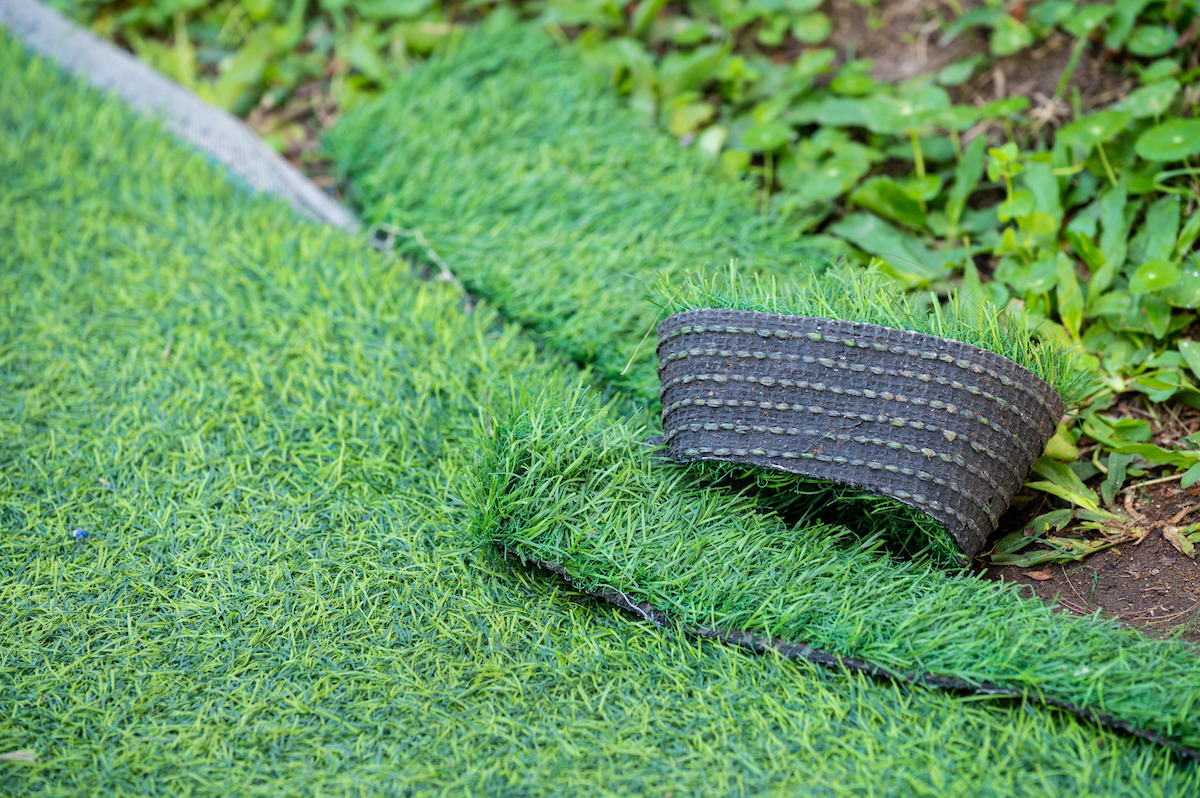
It’s standard practice to order a bit more turf than the square footage calls for, just to make sure there’s enough material to handle awkward angles, curves, seams, and the unexpected hiccups that come with almost every real-world job. That buffer ensures clean edges and full coverage but often results in leftovers. Large extra sections, while unused and essentially brand new, end up as remnant rolls.
2. Roll Ends from Factory Cuts
Artificial turf is manufactured in enormous, industrial-scale rolls—often hundreds of feet long. When these are cut down to size for retail or distribution, the roll ends rarely match up perfectly with what’s needed. For example: If a customer only needs 80 feet and the factory roll was 100 feet long, that last 20-foot piece is too short for another full install. So it might be sold as-is, at a discount, even though it came off the exact same production line as the original.
3. Color Variations and Batch Differences
Even with tight manufacturing standards, turf made in different production runs can have slight color variations. These aren’t always noticeable to the untrained eye, but when you’re trying to achieve a uniform, realistic look across a continuous lawn, even subtle differences can stand out.

That’s especially true in high-visibility areas or high-end installs. So if an installer opens a roll and sees it doesn’t quite match the rest, they may set it aside to maintain a seamless appearance.
These “off-shade” sections are still top-quality turf—they just don’t blend perfectly with the batch in use.
4. Discontinued Products and Overstocks
Like any other manufactured product, artificial turf styles and specs change over time. Maybe a manufacturer tweaks the blade shape for better performance, upgrades the backing system, or switches to a new blend of fiber colors. When that happens, older inventory—whether full rolls or partials—may be cleared out to make room for the new line. Retailers might offload these as remnant turf, even though they’re also completely un-used and still meet performance standards of brand new turf.
5. Commercial Scale Creates Volume
It’s also worth noting that turf installations—especially commercial and municipal ones—are often massive. When you’re talking about 50,000-square-foot sports fields or multi-acre landscaping projects, even a 2% surplus can result in hundreds of square feet of leftover turf.
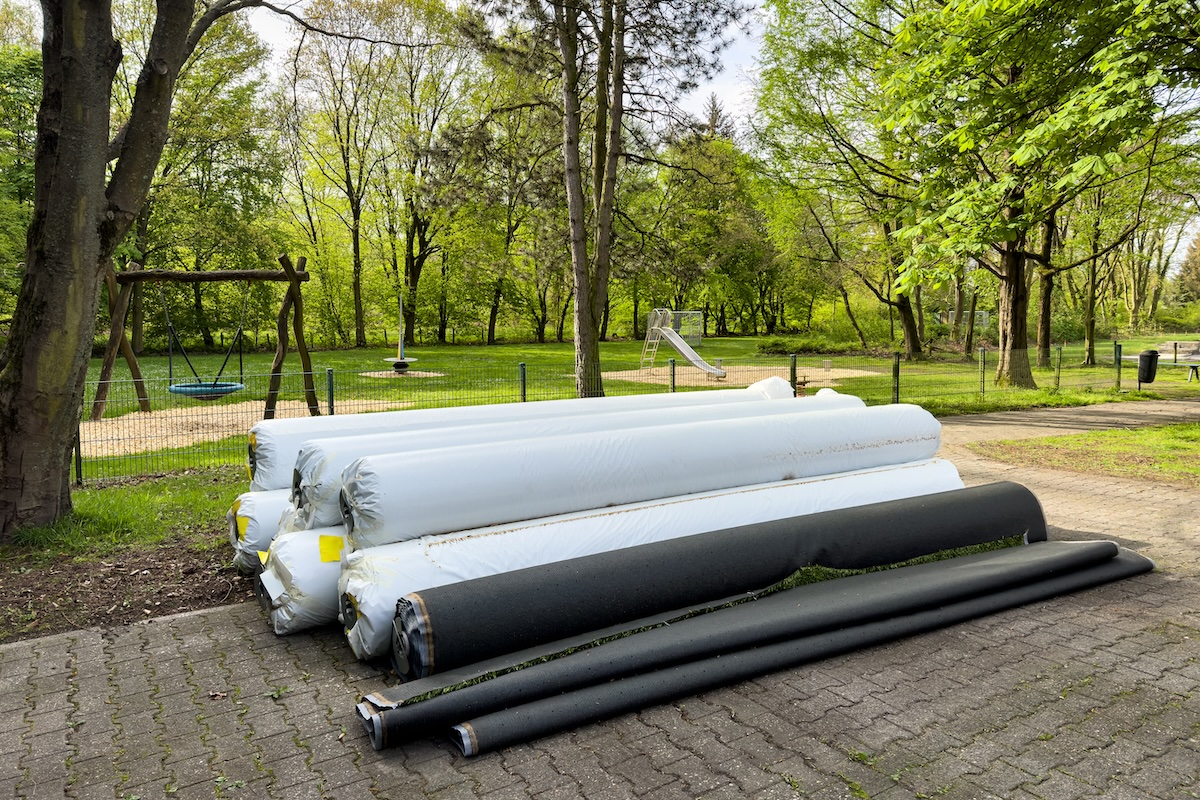
That’s more than enough to cover a backyard, dog run, or school play area, and it’s how many remnants find their way into the hands of everyday buyers.
So while “leftover” might sound like a red flag at first, it’s actually a byproduct of careful planning, large-scale logistics, and the natural ebb and flow of a growing industry. If anything, it’s an opportunity to get high-performance turf at a fraction of the cost—assuming you know what to look for.
Is it Used?
No, used/recycled artificial turf is different from remnants. Reused turf was previously installed, used for a period of time, then removed—usually from sports fields, event flooring, or commercial landscaping.
Here’s why used turf ends up back on the market:
- Field replacement: Athletic fields have a service life of around 8–10 years before performance drops below league standards. That doesn’t mean the turf is useless—it just means it’s not up to pro sports quality anymore.
- Renovation or repurposing: Commercial or municipal spaces sometimes switch to new landscaping layouts. Turf is pulled up even if it has years of life left.
- Short-term installs: Some large-scale events install turf temporarily—expos, weddings, festivals—and then remove it afterward. That turf is lightly used and often in solid condition.
Used turf often has the rubber infill still attached, a little bit of backing wear, or lines from sports markings. It may not always look 100% new up close, but for many applications, it’s hard to beat the price-per-square-foot.
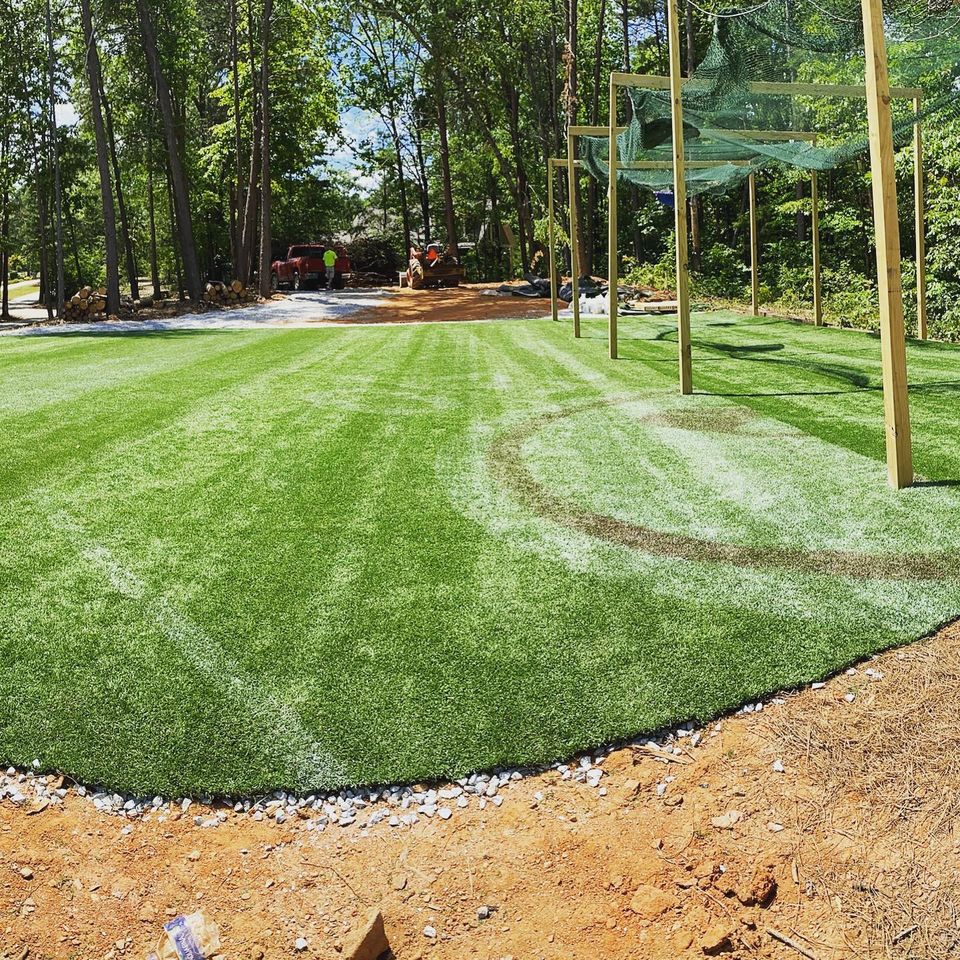
That said, it’s important to note that you can also find used turf with no markings, though it is much more rare. If a clean, consistent look matters for your project—like a backyard area, retail display, or landscaping visible from the street—it’s worth asking specifically about all-green used turf with no field lines or markings.

These all-green rolls do show up now and then, especially from practice fields or training areas, but they tend to go quickly and may cost a bit more. Still, they strike a nice balance between savings and aesthetics, offering the lower pricing of used turf without the telltale signs of its past life on the field.
Are There Any Downsides to Buying Remnant or Used Turf?
While remnant and used turf can be a great value, there are a few things to keep in mind:
- Seaming complexity: Piecing together multiple short rolls takes more work if you’re aiming for a seamless look.
- Color variation: Even among new remnants, slight shading differences can show in large areas.
- Backing integrity (for used turf): Older turf may have minor separation at the seams or wear on the drainage holes.
- Pre-cut dimensions: You’re working with fixed sizes, so you may need to design around the available piece instead of the other way around.
As you can see, none of these are truly “dealbreakers”—just things to plan for. A professional installer can help you work with the material you’ve got.
Where Does Remnant Turf Work Best?
Remnants can be a perfect fit for:
- Side yards, patios, and pet runs where you don’t need a perfect square
- Backyard batting cage mats or golf practice nets
- Under above-ground pools or around sheds
- Between pavers or in narrow strips along fences
- Children’s play zones
- Raised planters and rooftop gardens
Even oddly shaped cuts can be used creatively. Some folks patch together smaller remnants like puzzle pieces to build obstacle courses, agility areas, or custom green spaces.
Creative Uses for Irregular Turf
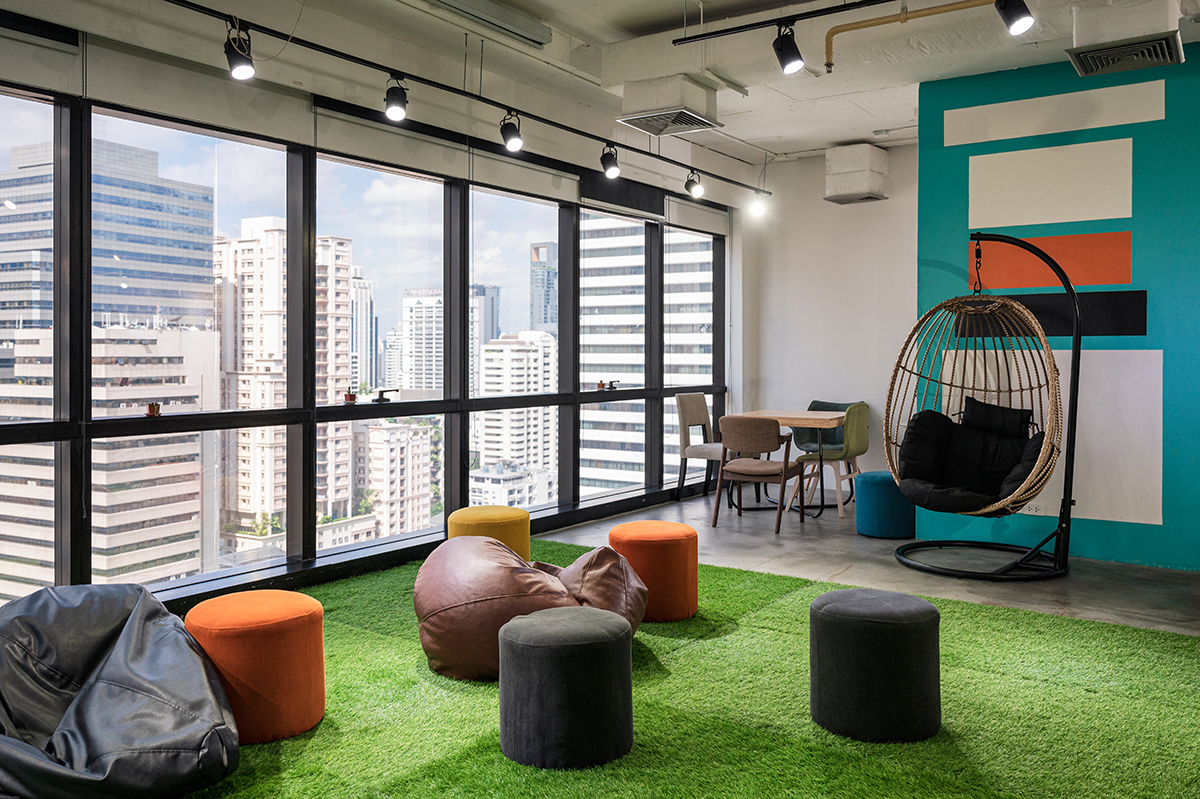
Not every piece of turf is cut from the same cloth—literally. Some remnants come with factory-cut edges that aren’t perfectly straight. Others may have spray-painted field lines from their former life on a sports field, or irregular patches from where seams were trimmed or infill was removed.
But there are many other times you’ll find pieces of used turf without lines or markings of any kind. While these pieces might not win any landscaping awards, they’re still packed with practical value—and for the right kind of project, they’re exactly what you need.
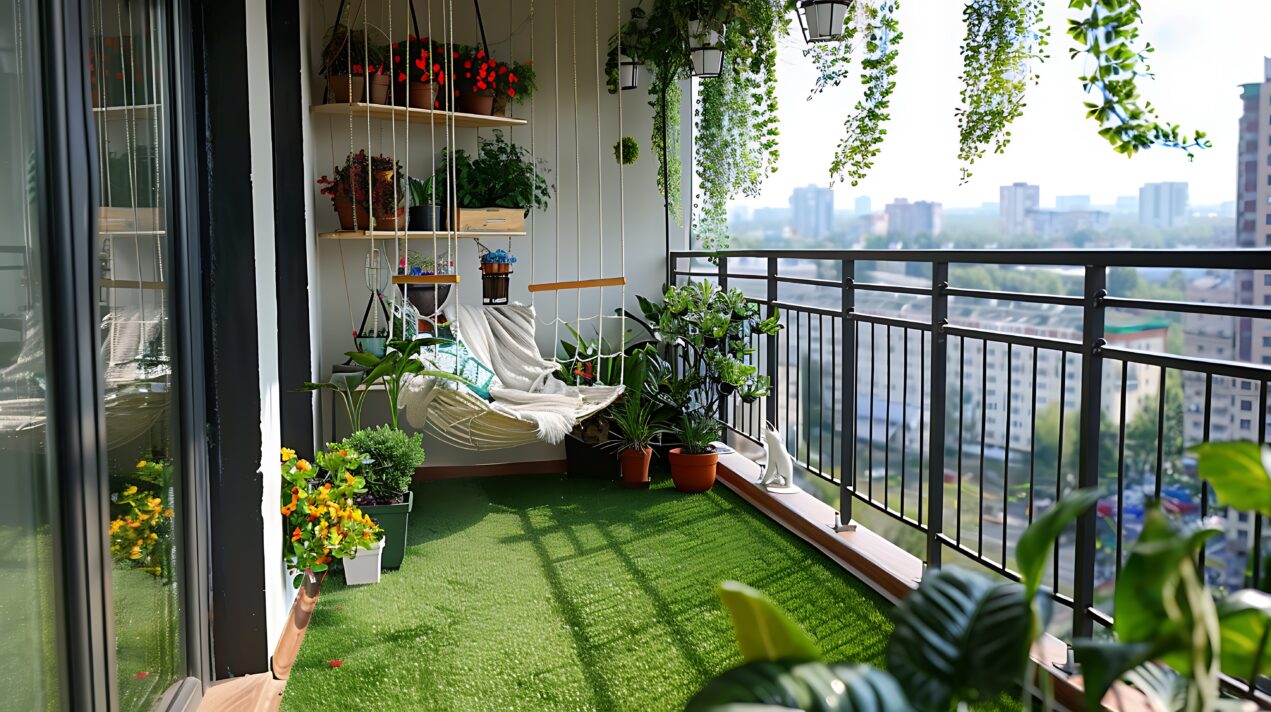
Here are some smart, resourceful ways to use irregular or marked turf that might not be ideal for your front yard, but still brings plenty to the table:
- Erosion Control on Slopes and Ditches
Irregular turf pieces are perfect for stabilizing soil on embankments, roadside ditches, or hillside erosion zones. They suppress weeds, reduce runoff, and blend into the terrain. You don’t need perfect edges for that—just coverage and weight. - RV Pads, Campsites, and Outdoor Work Zones
Where natural grass struggles to grow—or turns into mud with the first rain—turf can offer a dry, level surface for RVs, outdoor kitchens, or work trailers. A roll with a few lines or patches won’t matter when it’s under wheels or a canopy. - Warehouse, Shop, and Garage Flooring
Used turf with lines or discoloration can still handle heavy foot traffic and tools. Lay it in a workshop to add comfort underfoot, reduce dust, and cushion dropped items. It’s also great in garages as a non-slip, drain-friendly surface. - Exercise and Home Gym Flooring
Turf provides excellent traction and shock absorption for home fitness areas, sled workouts, or lifting platforms. Remnants with field striping or painted marks can give your space a gritty, athletic vibe—like you pulled it straight from a training facility. - Batting Cages & Training Areas
Used turf is a go-to surface for indoor and outdoor batting cages, especially when aesthetics aren’t a priority. Scuffed blades and faded paint don’t matter when you’re focused on form, not finish. It adds cushion underfoot, reduces bounce-back from dropped gear, and helps contain loose balls. Even remnants with lines or seams can be overlapped and stapled down to create a safe, consistent training surface. For high-impact areas like batter’s boxes, layering pieces or adding rubber mats underneath can help with durability. - Temporary Event Flooring
Street fairs, pop-up lounges, dog expos, or outdoor classrooms can all benefit from quick turf installs. No one’s inspecting the seams at a weekend event—and color variations or old yard lines just add character to the temporary setting. - Flipped for Industrial Texture
Some folks even flip used turf upside-down for the kind of rubberized, gritty texture on the back. There are even forums and YouTube videos of folks showing how they use flipped turf as anti-slip floor mats in outdoor kennels, contractor staging areas, or makeshift ramps. It’s definitely not a polished solution, and it’s certainly not common in typical residential use, but it is a low-cost way some people reuse older turf when the blades are too worn to be used face-up. (Note that when turf is flipped over this way, it may not be slip-resistant on smooth surfaces—so it should be anchored securely or weighted down to prevent shifting.) This approach is best suited for specific scenarios, not for residential, high-foot-traffic, or polished interior floors.
If you’re handy with a utility knife and open to thinking outside the box, these irregular turf sections can work out very well for your do-it-yourself projects. What the pieces (may) lack in aesthetics, they more than make up for in function—and with some creativity and DIY skill, they can still bring a polished, practical look to all kinds of real-world spaces.

What to Look for When Buying
Here are a few quick checks before you say yes to a remnant or used turf roll:
- Backing: Should still be flexible, not brittle or cracked. If it still bends easily, that’s a good sign the turf will hold up during install and stay in place over time.
- Drainage: Holes should be clear and consistent unless it’s a non-perforated backing meant for indoor use. Clean drainage means you’ll avoid pooling and can use it more confidently in outdoor or pet-friendly areas.
- Pile condition: Grass blades should still bounce back when pressed; if they’re matted, ask about how long it was stored. That said, often a light brushing or a bit of infill is all it takes to bring flattened turf back to life.
- Smell: Turf should not have a strong odor, especially if it was used by pets or in sports settings. If it smells clean or neutral, it’s likely been stored well and is ready for a second life in your project.
- UV exposure: Discoloration or fading could suggest long sun exposure—check both sides of the roll. Even if there’s a bit of fade on one side, the backing or the less-exposed areas may still be perfectly usable in lower-visibility zones.
If you’re buying used turf, ask whether it still has infill attached. If it has the rubber crumb variety, transporting it can be heavy and messy. It adds bulk and weight, making the turf harder to ship/transport, maneuver, and install. It can also leave black specks scattered during handling or in your finished space.
Pro Tip: Turf with infill still in it can be very heavy. A 15-foot roll with old crumb rubber can weigh hundreds of pounds and be a chore to move, unroll, and cut. Clean turf is far easier to work with, especially for DIY projects or installations in tight spaces. ReTURF removes the infill before shipping to significantly reduce weight and lower transportation costs.
When you buy clean used turf, you can choose the best infill for your needs—whether that’s silica sand, rubber crumb, organic infill, or even anti-microbial blends for pet areas. You also get to apply the ideal amount for your specific surface and use case. With used turf that still has infill stuck in it, you’re stuck with whatever was there before—often unevenly distributed and not tailored to your application.
That’s why it’s a good idea to ask your turf supplier whether the used turf roll has infill still attached—and if so, how much. Knowing this up front lets you plan for transport, cleanup, and whether you’ll need to remove or supplement it for your specific project.
Installation Tips for Remnant and Used Turf
- Cut with a sharp utility knife from the back side to keep edges clean.
- Use seam tape and adhesive if you’re combining multiple pieces.
- Install on compacted base for drainage and long-term performance.
- Brush in sand or infill as needed to improve blade standing and durability.
- Anchor the edges with turf nails, staples, or landscape edging to prevent movement.
Final Thoughts
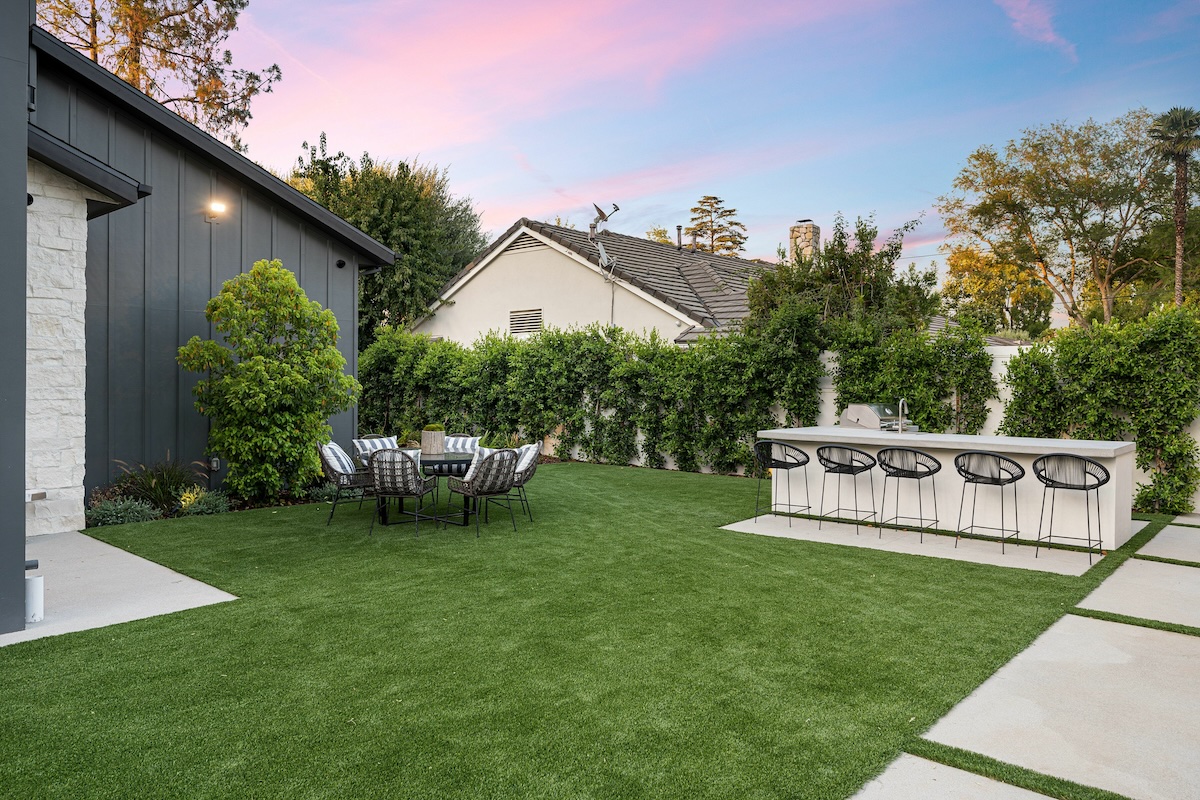
Artificial turf remnants offer a ton of flexibility for homeowners, DIYers, schools, and small businesses. If you’re willing to work with what’s available—and think a little creatively—you can end up with a solution that’s both eco-friendly and cost-effective.
Whether you’re building a dog run, covering an awkward spot in the yard, or just trying to keep things tidy in a high-traffic area, these offcuts and leftover rolls might be exactly what you need—without the full price tag or commitment of a big install. Just be sure to inspect before you buy, prep your surface well, and make the most of every square foot. You might be surprised by just how far these “leftovers” can go.

